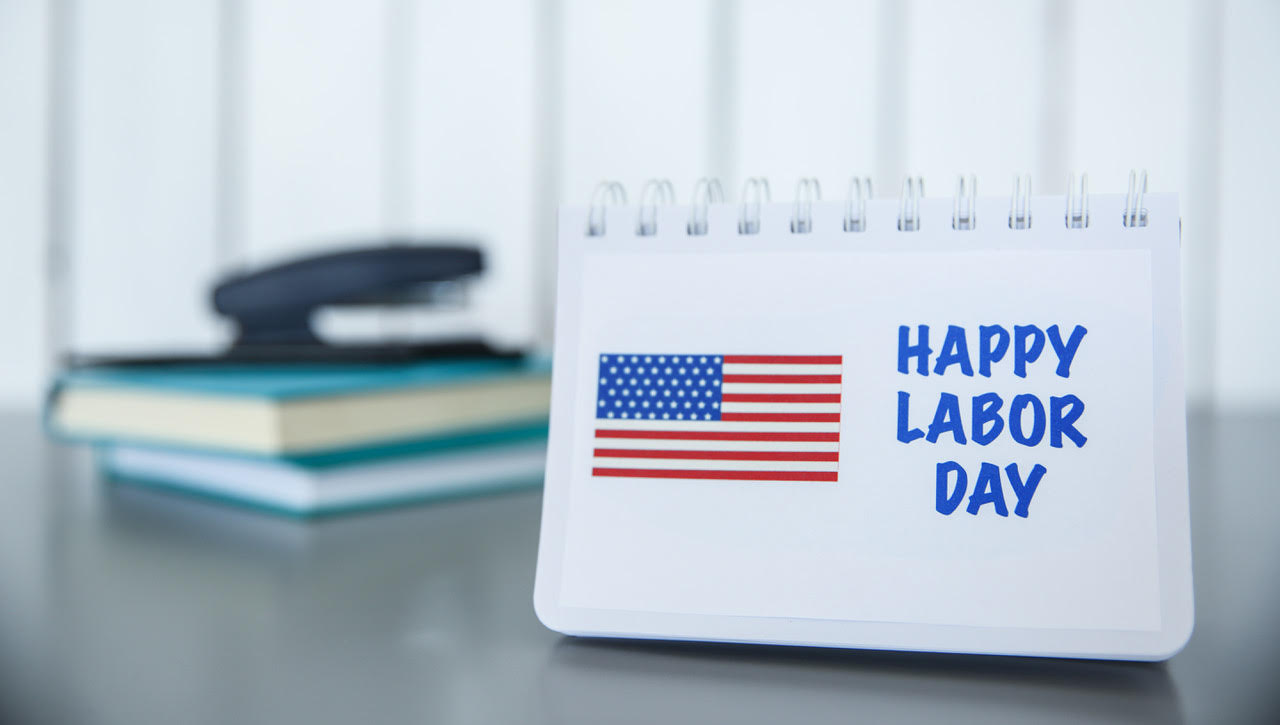Commercial Payment Methods: A Shifting Landscape

Diverse Mix of Traditional and Modern
Payment Methods Works Best
It is inevitable that patterns in payment methods between businesses, which have long relied on physical checks for B2B transactions, will mirror consumer trends by increasingly moving in a digital direction.
As today’s consumers continue to embrace a cashless society, businesses are learning that they have no choice but to follow suit and adopt digital payment methods.
According to the Pew Research Center, 41% of Americans don’t use cash for their purchases in a typical week.
Less than 60 years ago, in 1966, Bank of America launched the first widely available credit card. The initial ACH transactions — electronic funds transfers between banks — emerged in the U.S. in the late 1960s, leading the Federal Reserve Bank of San Francisco to establish an automated clearing house in 1972.
ACHs paved the way for the e-check (electronic check), which uses the ACH network to transfer funds. These electronic funds transfers (EFTs) were available by 1978 — the year of the Electronic Fund Transfer Act (EFTA) passage, protecting consumers in electronic transfers. By 2009, bitcoin and other cryptocurrencies burst onto the scene, adding another layer of complexity to electronic transactions.
Shifting Generations, Shifting Payment Methods
In the mid-1990s, with the explosion of the internet, more convenient forms of payment have become increasingly common. The generational differences in payment preferences can be foretelling of the future, and businesses must be ready to adapt.
Generational Shift in
Payment Preferences
| Source: Pay.com | ||
| GENERATION | AGE | PAYMENT PREFERENCE |
| Baby Boomers | 56+ Years Old |
|
| Generation X | 42 to 56 Years Old |
|
| Millennials | 26 to 42 Years Old |
|
| Generation Z | Less than 26 Years Old |
|
Research from Checkout.com, an international financial technology company that processes payments for other companies, shows that more than half (52%) of consumers will abandon a purchase due to the complexity associated with cost. Why would a business behave any differently for a B2B transaction?
At the same time, the push to modernize comes with a caveat: Traditional payment methods aren’t dead. Here’s what you need to know about the balance between tradition and modernity.
Mobile Payments Are Big
In 2022, 50% of global e-commerce transactions were mobile payments. Digital wallets were used by 65% of U.S. corporations. Other high-growth digital payment methods include Zelle, with 75% of existing BNY Mellon business users reporting an increase in the last year, and real-time payments (RTPs), for which 68% of the bank’s users grew their transaction volumes over the same period.
But that does not mean your business should rush to discard checks and cash as accepted forms of payment. 80% of U.S. businesses report using checks to make payments. BNY Mellon also found that ACH, EFT, SEPA Credit Transfers, and Bacs combine to account for nearly 30% of payment volumes in North American and European markets.
Cryptocurrency
Cryptocurrencies are growing, albeit gradually, as a form of payment. In a 2021 study by Deloitte, “Around 85% of surveyed merchants expect that digital currency payments will be ubiquitous among suppliers in their industry in five years.”
What Should My Business Do?
Overall, research reveals the need to maintain a diverse mix of accepted payment methods, from the modern to the traditional.
“While newer emerging digital payment mechanisms are growing, legacy payment tools, including checks and even cash, remain resilient. These older payment mechanisms are in many instances a necessary evil from an operational standpoint,” BNY Mellon reported, calling on financial institutions and payment providers “to develop a multipronged approach that enables a range of payment tools and rails, rather than focusing on any single point solution.”
Simultaneously, there can be a downside to accepting too many forms of payment.
“The more payment methods offered, the more potential for cluttering the checkout experience (and losing sales), and for adding technological and administrative burden to back-end systems and processes,” FIS states. “In taking payment preference seriously, they (businesses) risk taking their eye off other critical parts of their operation.”
Ultimately, every business is unique, requiring a thorough analysis of potential payment methods and their applicability to your company. The industry experts at BARR Credit Services stand ready to assist your business in sorting through commercial payment options and formulating an effective strategy.
Sources:
Featured Image: Adobe, License Granted
Pew Research Center
Pay.com
BNY Mellon
Checkout.com
FIS
Deloitte






You must be logged in to post a comment.